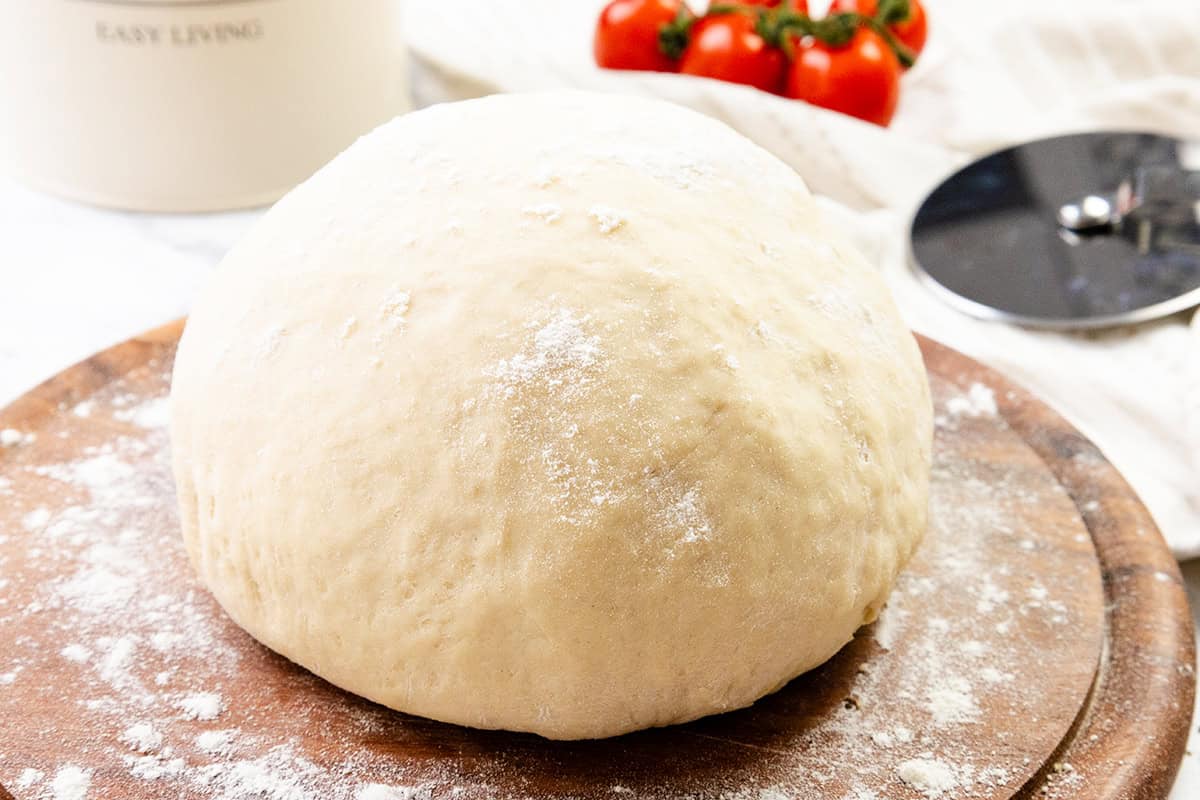
This site runs ads and generates income from affiliate links. Read my disclosure policy.
This simple pizza dough recipe is perfect for beginners. It makes two soft, chewy crusts that are so good you’ll never want to order delivery again. Just a handful of basic ingredients, and you’re ready to roll!
Know Before You Scroll
Flavor Profile
This pizza dough is chewy on the inside, golden and crisp on the outside, with a rich, slightly tangy flavor thanks to olive oil and a splash of dry white wine.
Difficulty Level
Beginner-friendly. A little patience during rising time, but the steps are simple and very doable with or without a stand mixer.
Equipment Needed
Stand mixer with dough hook (optional), mixing bowl, wooden spoon, plastic wrap or kitchen towel, clean surface for kneading, and a large bowl for rising.
Top Tip
Don’t rush the rise! Letting the dough double in size naturally gives you that soft, chewy texture and better flavor.
Time-Saving Tips
Use a stand mixer if you have one! It takes care of the kneading and gives a smooth dough in minutes.
Ingredient Swaps
No white wine? You can use water or a mild vinegar (like apple cider vinegar) for a little tang.
What You’ll Need
all-purpose flour, instant yeast, granulated sugar, kosher salt, warm water, dry white wine, olive oil

Homemade Pizza Dough Made Easy
Let’s be real—making pizza dough at home sounds kinda intense, right? But it’s actually pretty simple, and totally worth it. You don’t need fancy skills or special tools—just a little time and the right recipe (this one). Whether you’re mixing it by hand or using a stand mixer, I’ll walk you through it step by step so you end up with soft, stretchy dough that bakes up into the perfect crust. Homemade pizza night just got way more doable.
Ingredient Notes
Yeast
Best Choice
Instant yeast – Mixes directly with dry ingredients and provides a quick, reliable rise.
Substitutions
Rapid-rise yeast can also be used with similar results. Active dry yeast works too, but should be dissolved in warm water first.
Where to Find
Often near the flour or sugar.
Flour
Best Choice
All-purpose flour – It gives the dough a great balance of softness and structure, perfect for chewy pizza crusts.
Substitutions
Using ’00’ flour or bread flour can change the texture in delicious ways. ’00’ flour creates a light, crisp crust while bread flour’s higher protein content produces a chewier, more elastic dough. A 1:1 gluten-free flour blend can be used for a gluten-free option, though the texture will differ from traditional dough.
Sugar
Best Choice
Granulated sugar – Helps activate the yeast and adds a touch of flavor to the crust.
Substitutions
Honey or agave can be used for a slightly different flavor profile. Reduce the amount slightly if substituting.
Salt
Best Choice
Kosher salt – Enhances the dough’s flavor and strengthens gluten structure.
Substitutions
Use fine sea salt if needed, but reduce the quantity slightly since it’s more concentrated.
White Wine
Best Choice
Dry white wine – Adds acidity and depth of flavor, helping to tenderize the dough slightly.
Substitutions
You can use more warm water in place of wine if needed, but you’ll lose the subtle flavor boost.
Water
Best Choice
Warm water (100–110°F) – Activates the yeast and helps the dough come together smoothly.
You can find the full, printable recipe at the top of this post, but you can read the detailed instructions with photos for each step below.
How To Make Pizza Dough
1
Mix the Dry Ingredients
Start by adding the all-purpose flour to your stand mixer bowl. Toss in one packet of instant yeast—that’s about 2½ teaspoons—plus 2½ teaspoons of sugar for a little wake-up call for the yeast. Now the kosher salt, but keep it on the opposite side of the bowl from the yeast. Just a quick stir to mix it all up.
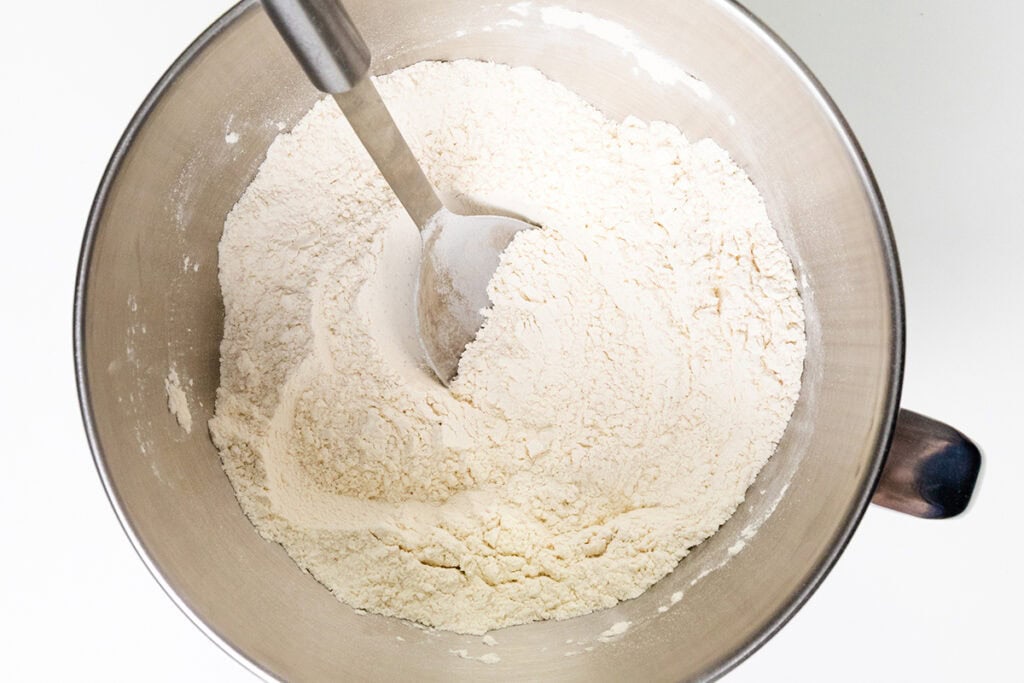
2
Add the Wet Ingredients
Turn your mixer on low, and slowly pour in warm water—about 100 to 110°F—plus dry white wine. Yep, wine. Trust. It brings subtle flavor and helps the dough rise like a dream. Add in the olive oil and let that dough hook do its thing.
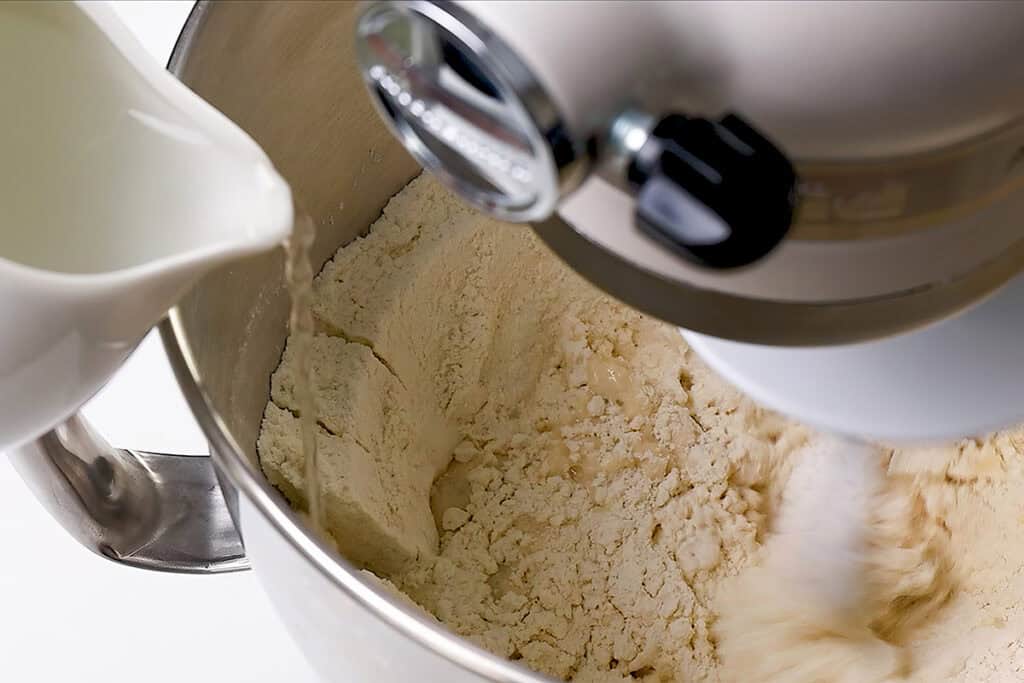
Want to make it by hand? See the recipe card for details.
3
Knead It Up
After mixing for a few minutes (usually 5–10, depending on the mixer), the dough should come together into a smooth ball and clean the sides of the bowl. A little sticking at the bottom is okay, but the sides should look mostly clean.
Too dry? Add a splash of warm water. Too sticky? A tablespoon of flour will fix it.
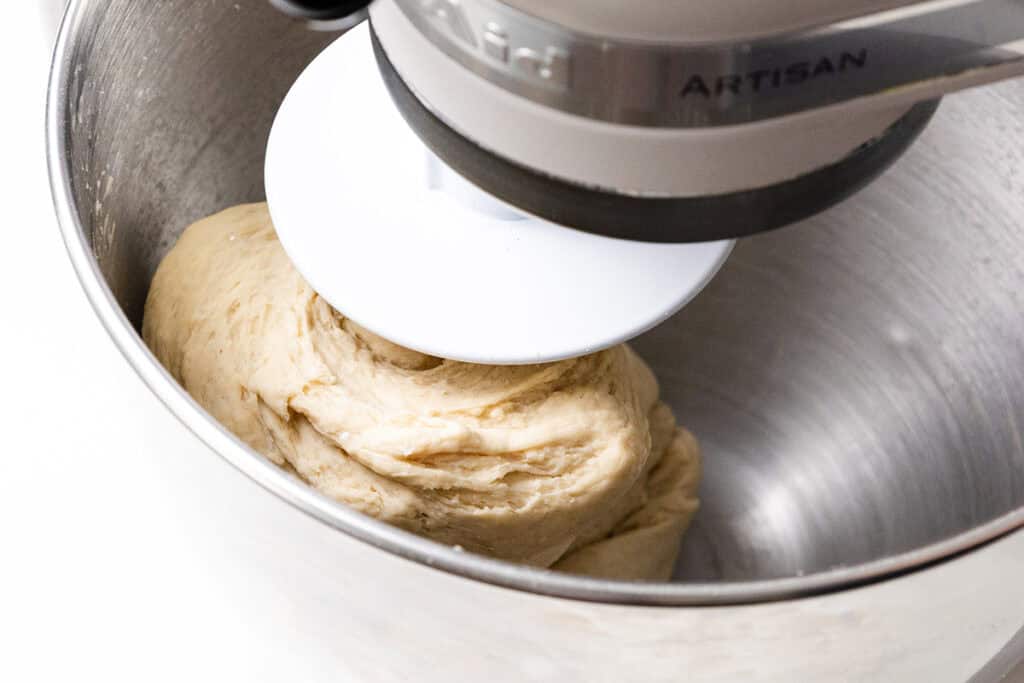
4
Let It Rise
Once your dough looks soft and happy, shape it into a ball and pop it into a lightly oiled bowl, turning the dough to coat the surface. Cover and let it rise in a warm spot for about 1 hour—we’re going for double in size.
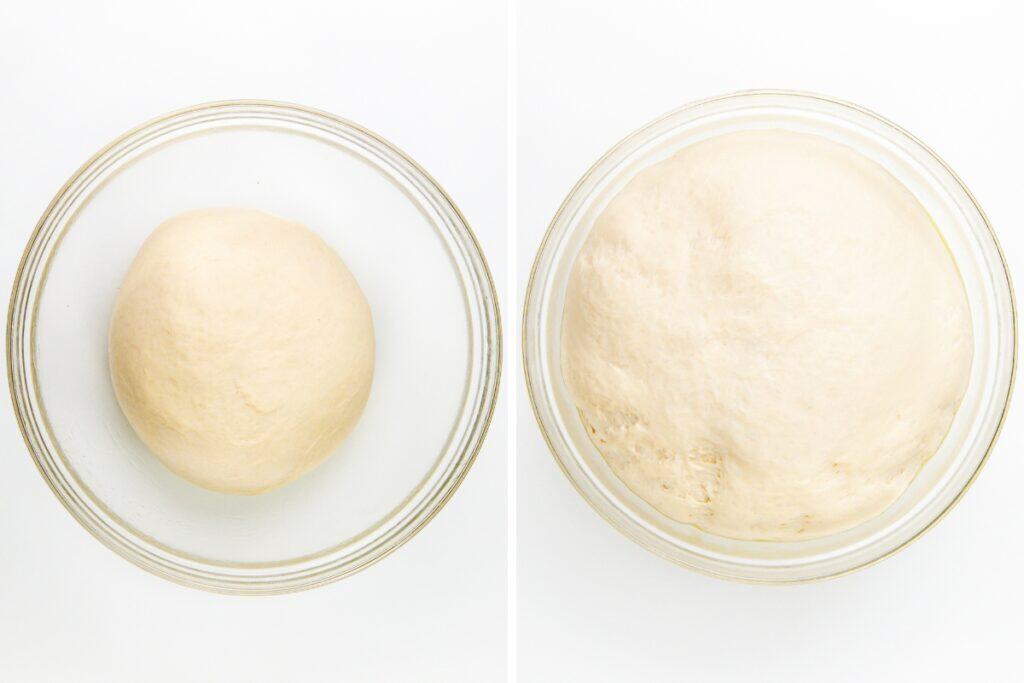
5
Prepare for Use
Once the dough has had its cozy rise and looks all soft and puffy, give it a gentle punch to release the air. Scoop it out onto a lightly floured surface and shape it into a rough ball—it doesn’t have to be perfect, just gather it up and tuck the edges underneath to make it smooth on top.
Then divide it: cut in half if you’re making two big 12×18-inch pizzas, or into four pieces if you’re going for classic 10-inch rounds.
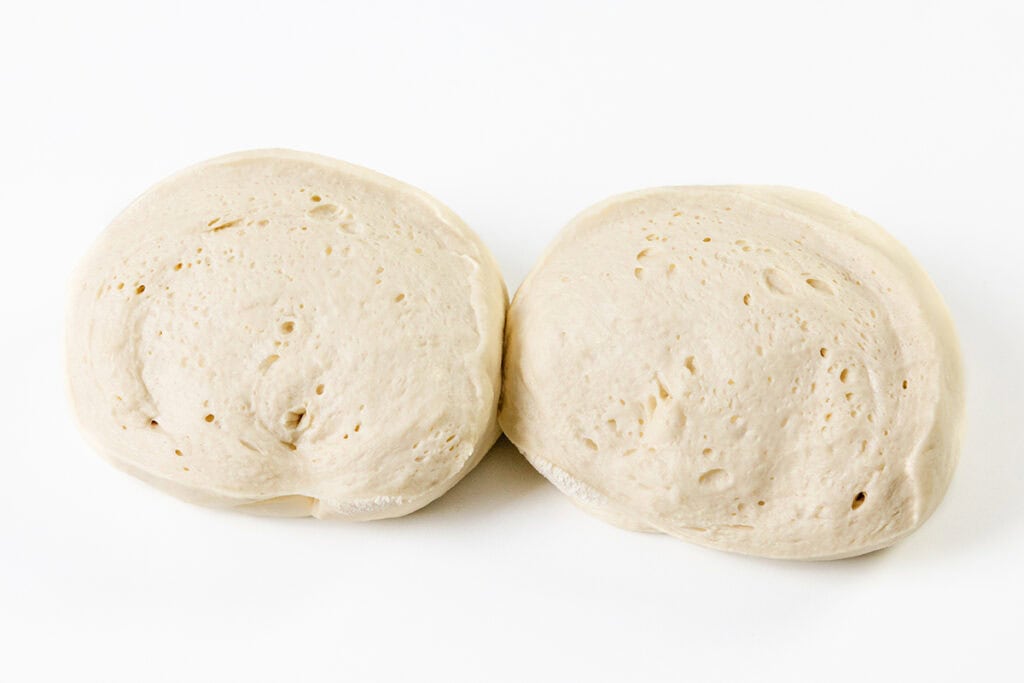
5
Form Dough Balls
Take each piece of dough and gently shape it into a smooth ball by tucking the edges underneath, letting it rest seam-side down.
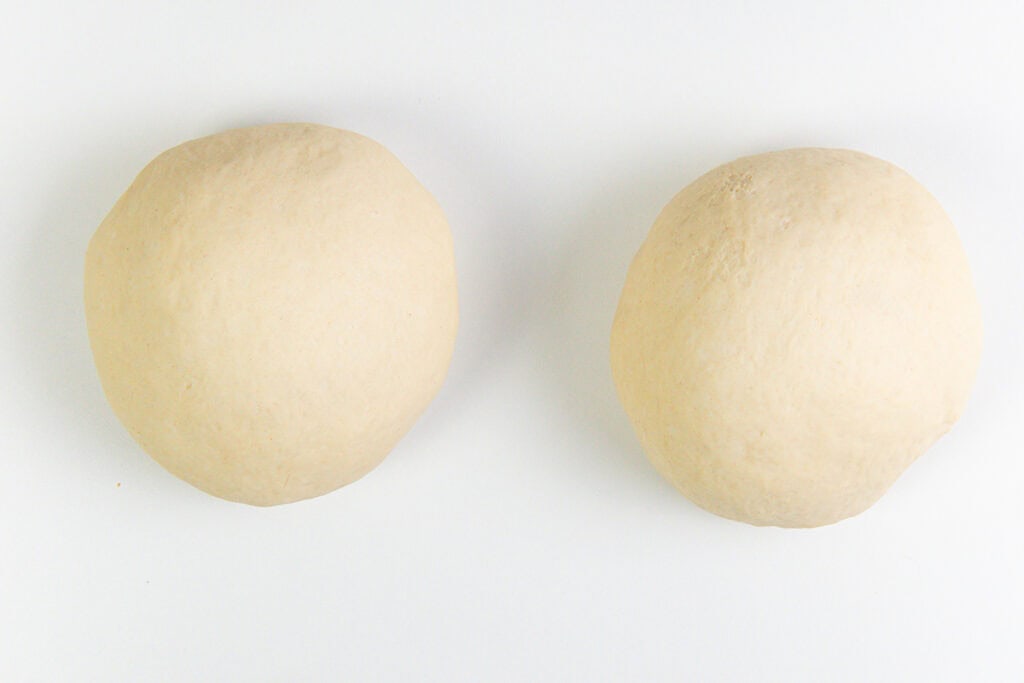
5
Shape It and Store It (or Get Ready to Bake)
From here, you’ve got options: if you’re ready to make pizza right away, let the dough balls rest at room temperature for about 30 minutes to relax so they’re easy to stretch.
Pop them into a food storage bag, airtight containers, or wrap them in plastic, and store them in the fridge for up to 3 days—or freeze them for later pizza nights.
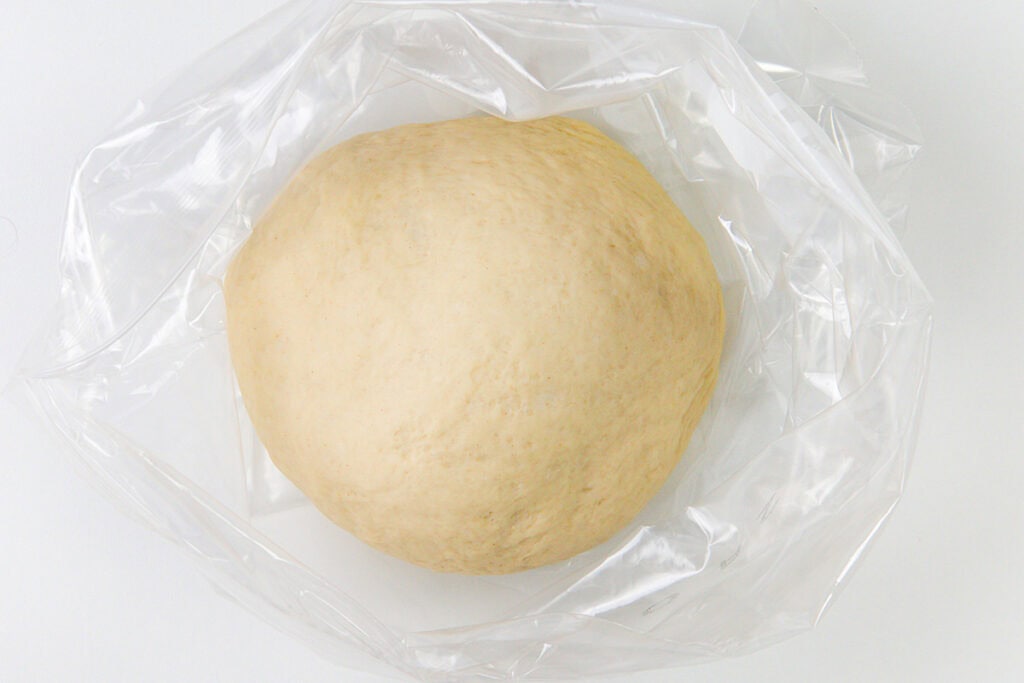
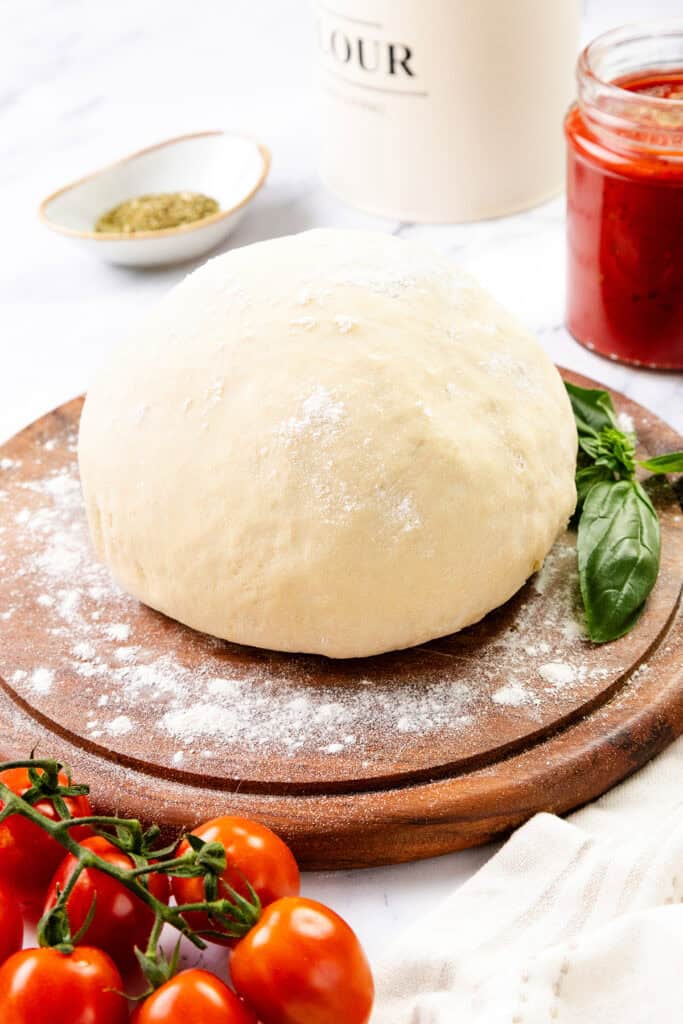
Perfect Pairings
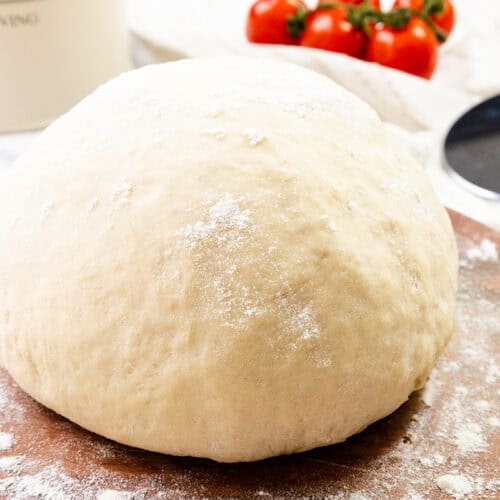
Recipe
Pizza Dough
Ingredients
- 3 ¾ cups all-purpose flour (plus extra for dusting)
- 1 packet instant yeast (2½ teaspoons or 2 teaspoons of rapid rise yeast)
- 2½ teaspoons granulated sugar
- 1 tablespoon kosher salt
- 1¼ cups warm water (100–110°F (37–43°C))
- ¼ cup dry white wine (at room temperature)
- 2 tablespoons olive oil
Instructions
Stand Mixer Method
- Prepare the Mixer – Attach the dough hook to a stand mixer. In the mixer’s bowl, combine the flour, yeast, sugar, and salt (keeping the salt away from the yeast in the bowl). Stir briefly to evenly distribute the ingredients.
- Add Wet Ingredients – With the mixer running on low speed, slowly pour in the warm water, white wine, and extra-virgin olive oil.
- Mix the Dough – Continue mixing on low speed until the ingredients start to come together into a rough dough. Increase the speed to medium-low and knead with the dough hook for about 5–7 minutes. The dough should become smooth, elastic, and slightly sticky. If it seems too dry, add a teaspoon of warm water at a time. If it is too sticky, add a little flour, a tablespoon at a time.
- First Rise – Lightly oil a large, clean bowl for each ball of dough. Remove the dough from the mixer and shape it into a ball. Place it in the oiled bowl and turn it to coat the surface with oil. Cover the bowl with plastic wrap or a kitchen towel and let it rise in a warm place until doubled in size, about 1 hour.
- Prepare for Use – Once the dough has risen, punch it down gently to release air. Then, divide it in half if making two 12×18-inch pizzas or into quarters for making four 10-inch pizzas.
- Storage Option – If not using right away, store the dough in a plastic bag in the refrigerator. It will keep fresh for up to a week.
By Hand Method
- Mix Dry Ingredients – In a large mixing bowl, combine the flour, yeast, sugar, and salt (keeping the salt away from the yeast in the bowl). Stir well to evenly distribute the ingredients.
- Add Wet Ingredients – Make a well in the center of the dry mixture. Pour in the warm water, white wine, and extra-virgin olive oil.
- Combine the Dough – Using a wooden spoon, mix the liquid into the flour mixture until it becomes too stiff to stir. Then, use your hands to knead the mixture in the bowl until the dough begins to pull away from the sides.
- Knead the Dough – Lightly dust a clean work surface with flour. Turn the dough out onto the floured surface and knead gently for about 5 minutes. Continue kneading until the dough becomes smooth, elastic, and slightly sticky. If needed, sprinkle a little more flour to prevent sticking.
- Let the Dough Rise – Lightly oil a large, clean bowl and place the dough inside. Turn the dough to coat it with the oil. Cover the bowl with plastic wrap or a clean kitchen towel. Set the bowl in a warm place and let the dough rise until it doubles in size, about 1 hour.
- Prepare for Use – Once risen, punch down the dough to release excess air. The dough is now ready to use for making pizza crusts.
- Storage Option – If not using immediately, store the dough in a plastic bag in the refrigerator. It will keep fresh for up to a week.
Tips
Erren’s Top Tips
Measure your flour correctly.Spoon the flour into your measuring cup and level it off with a knife—don’t scoop directly from the bag or you’ll pack in too much flour, which can lead to a dry dough. Use warm—not hot—water.
Your water should be between 100–110°F (37–43°C) to properly activate the yeast without killing it. If it feels like a warm bath, you’re good. Keep the salt and yeast separate at first.
Salt can inhibit yeast if they come into direct contact too early. That’s why we mix it into the flour on opposite sides before combining everything. Wine adds flavor AND rise.
That ¼ cup of dry white wine brings subtle tanginess and enhances the dough’s elasticity. No wine? Sub in equal parts warm water or a splash of mild vinegar. Use oil to keep your dough soft.
Coating your dough and bowl with olive oil during the rise keeps the surface from drying out and gives the final crust a slightly crisp outer layer. Watch the rise—not the clock.
Depending on your kitchen’s temperature, the dough may rise faster or slower. It’s ready when it’s doubled in size, not strictly after 1 hour. A sticky dough is a happy dough.
Don’t over-flour it. The dough should be slightly tacky, not dry. A bit sticky means it will bake up chewy and soft.
Storage & Freezing Instructions
To Store in the Fridge:Once your dough has risen, divide it, lightly oil it, and place each ball in an airtight plastic bag or container. It’ll stay fresh in the refrigerator for up to 1 week. Let it come to room temp for 30–45 minutes before using. To Freeze:
After the first rise, divide and shape the dough into balls, wrap each tightly in plastic wrap, and place in a freezer-safe bag. Freeze for up to 3 months. To use, thaw in the fridge overnight and then let it sit at room temperature for 30–60 minutes before rolling out.

FAQs
What flour works best?
All-purpose flour gives a nice balance of softness and structure for a chewy crust. Want to mix it up? Try ’00’ flour for a light, crisp bite or bread flour for extra chew. Gluten-free 1:1 blends work too—just expect a different texture.
What’s the best way to stretch pizza dough without tearing it?
Let the dough rest at room temperature for 30–60 minutes before stretching—it needs to relax so the gluten isn’t too tight. Start by pressing it gently from the center outward with your fingertips, then lift it up and let gravity help stretch it as you rotate it. No rolling pin needed (unless you’re going for super thin crust)!
Can I use a rolling pin to shape pizza dough?
You can, but it’ll press out all those beautiful air bubbles that give the crust its chewy texture. If you love a cracker-thin crust, go for it—but if you want light and airy, use your hands.
Do I need to use wine?
Nope! It adds great flavor and softness, but you can sub in water, mild vinegar, or even a splash of beer for something different.
How do I know if my dough has risen enough?
It should double in size and feel puffy when gently pressed. If your kitchen is cold, let it rise longer or place it in a slightly warm oven (turned off) to help it along.
Can I par-bake the crust?
Yes! Bake the dough at 450°F (232°C) for 5–7 minutes before adding toppings. This helps avoid sogginess and gives a crispier crust.
Why is my dough tearing when I stretch it?
It might be too cold or too dry. Let it rest at room temp for 10–15 minutes and try again, gently pressing and stretching without forcing it.





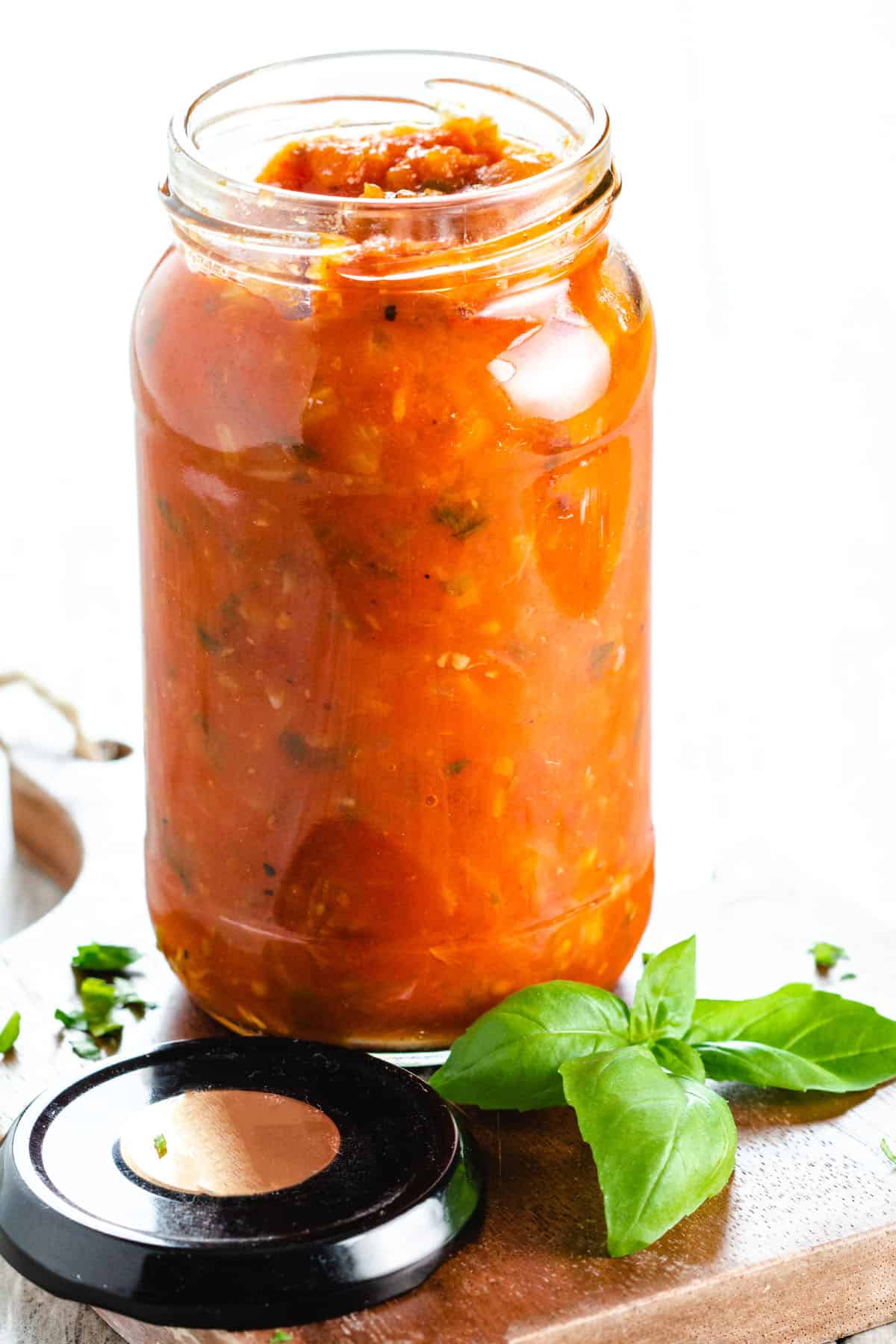




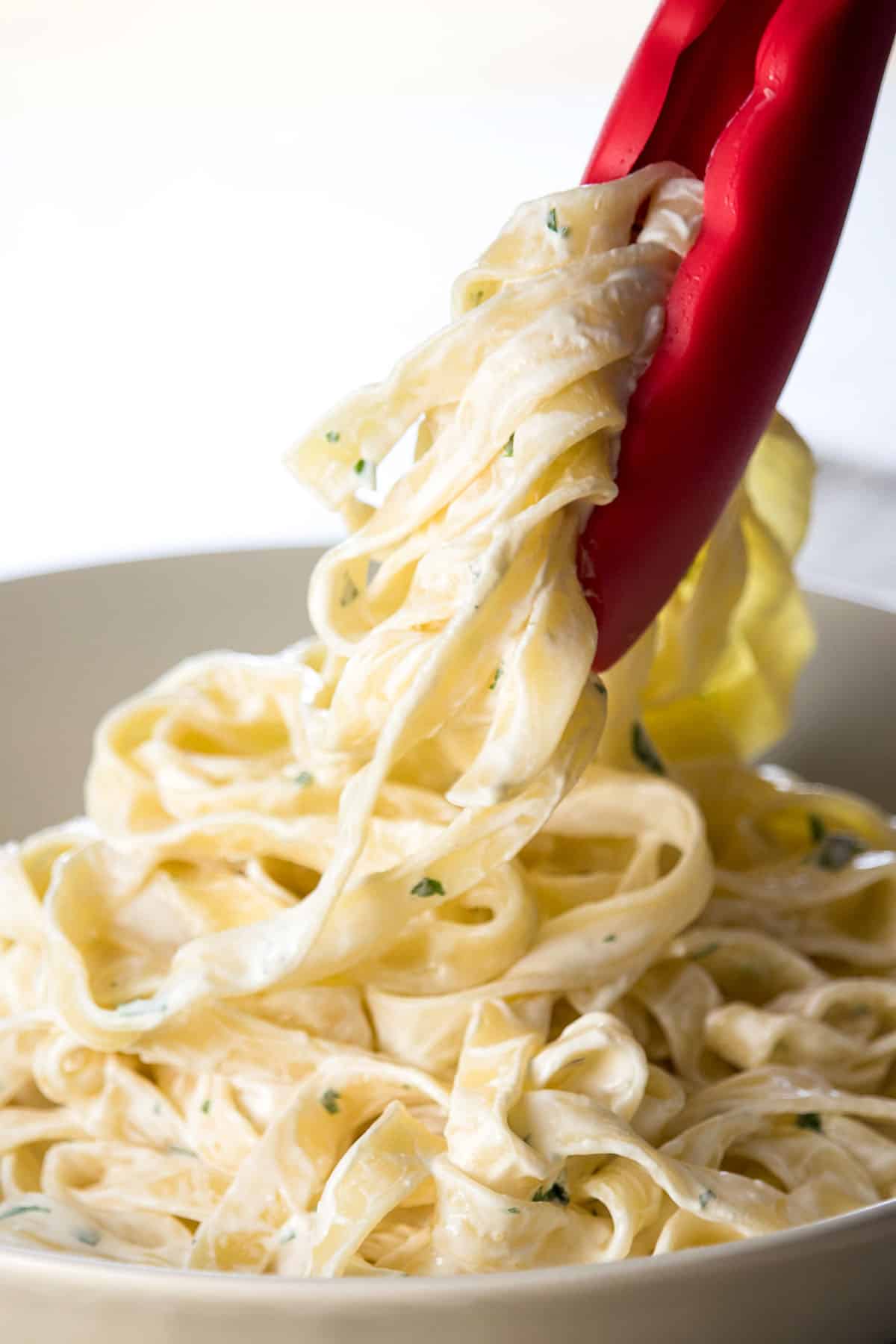
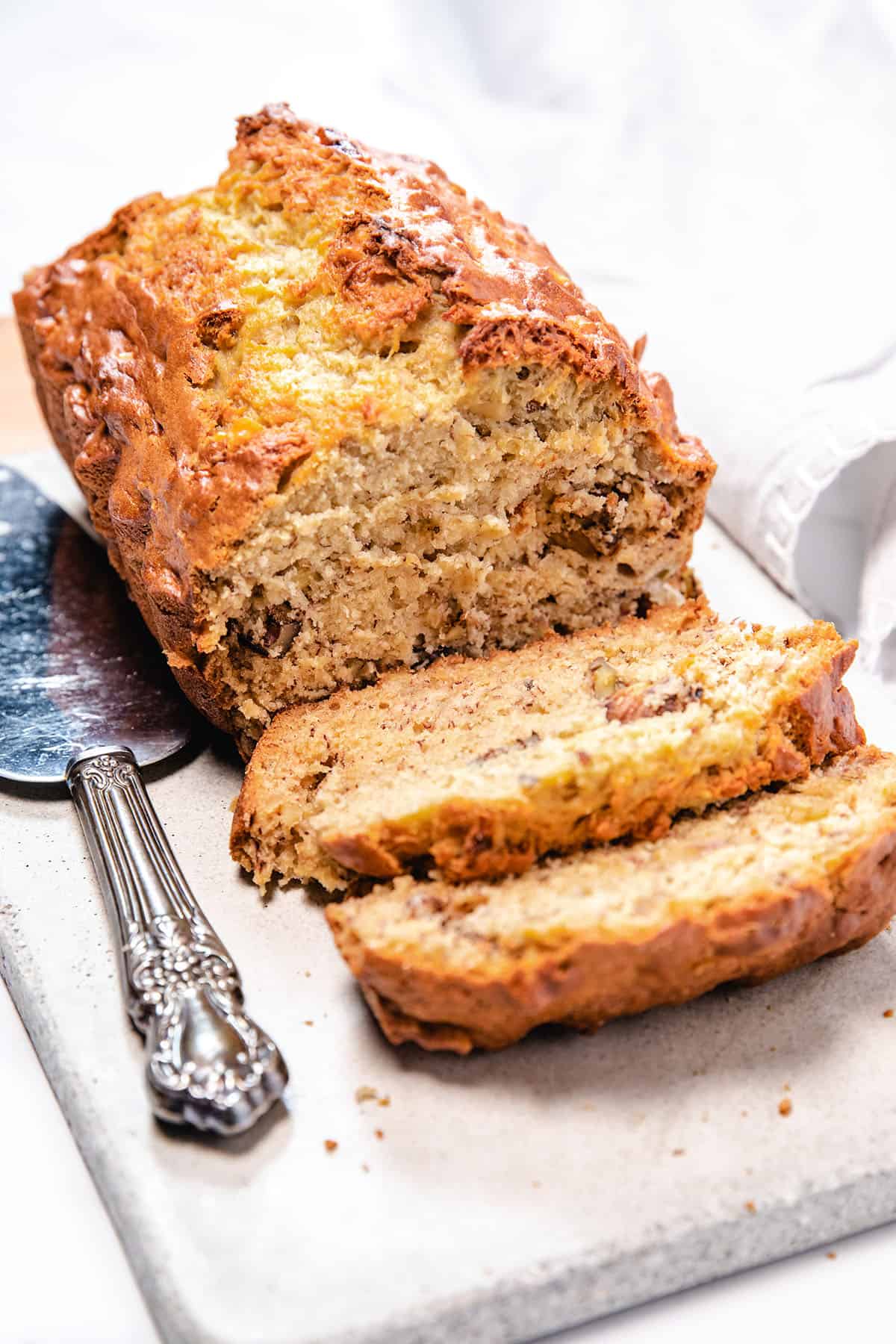


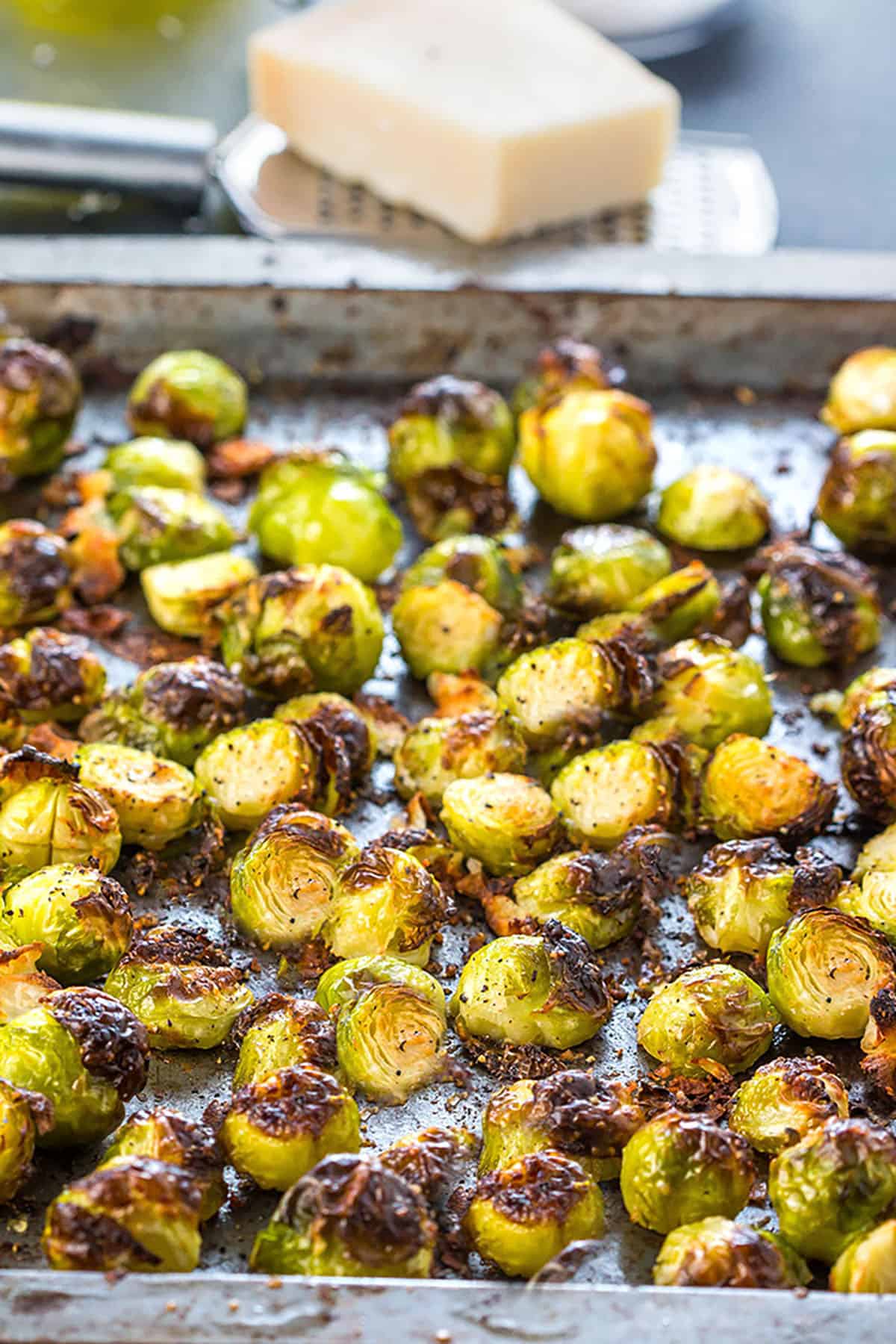
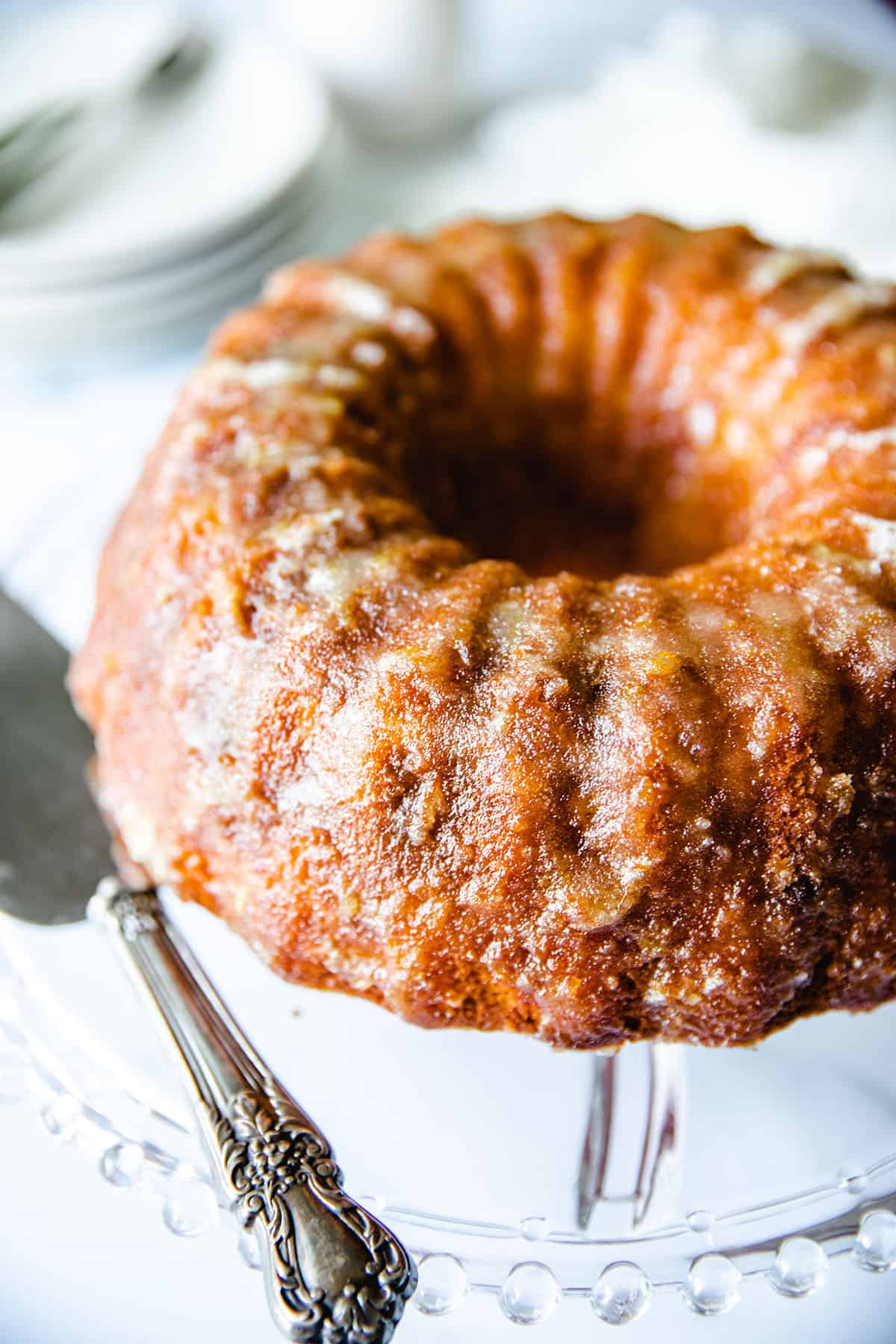
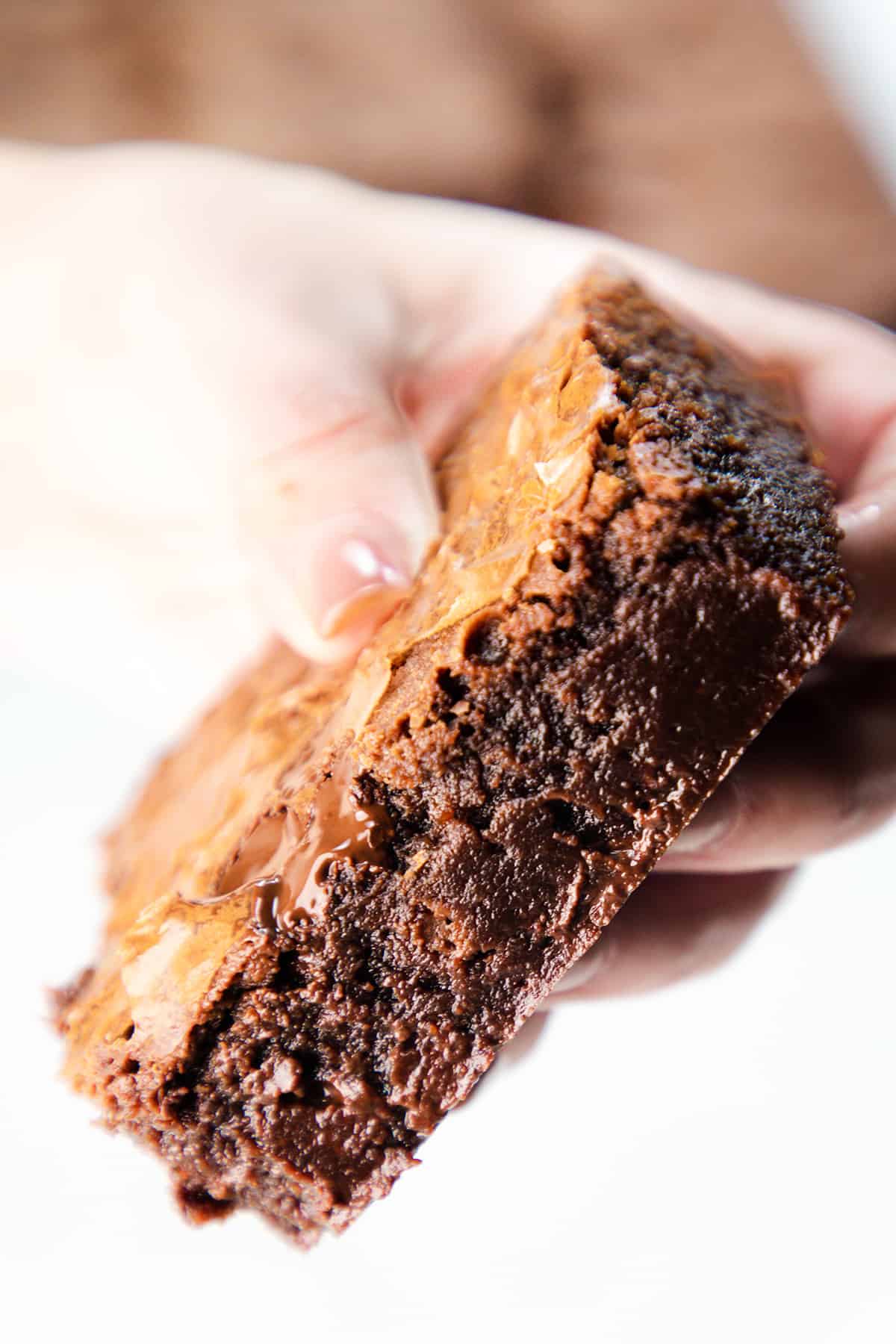

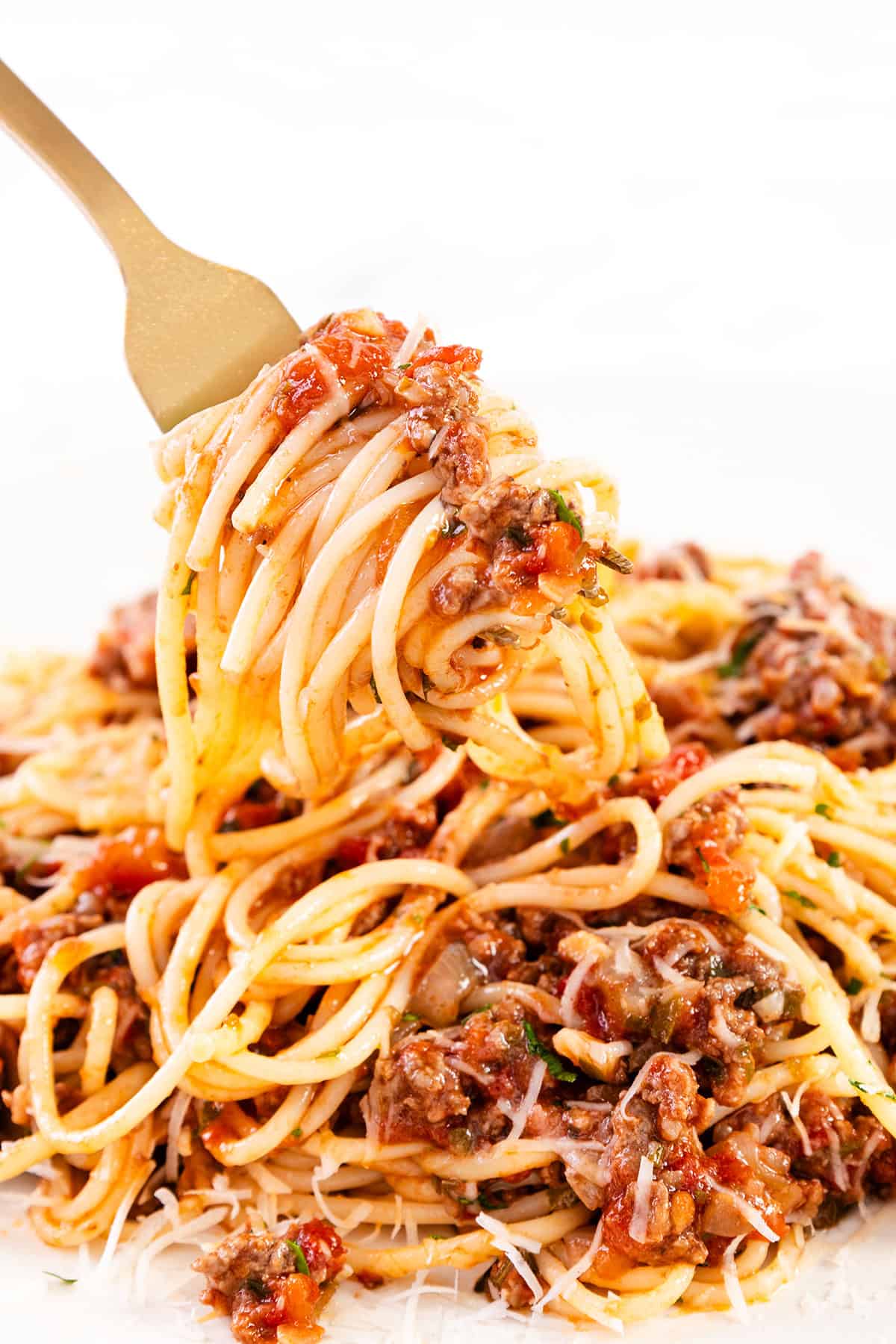
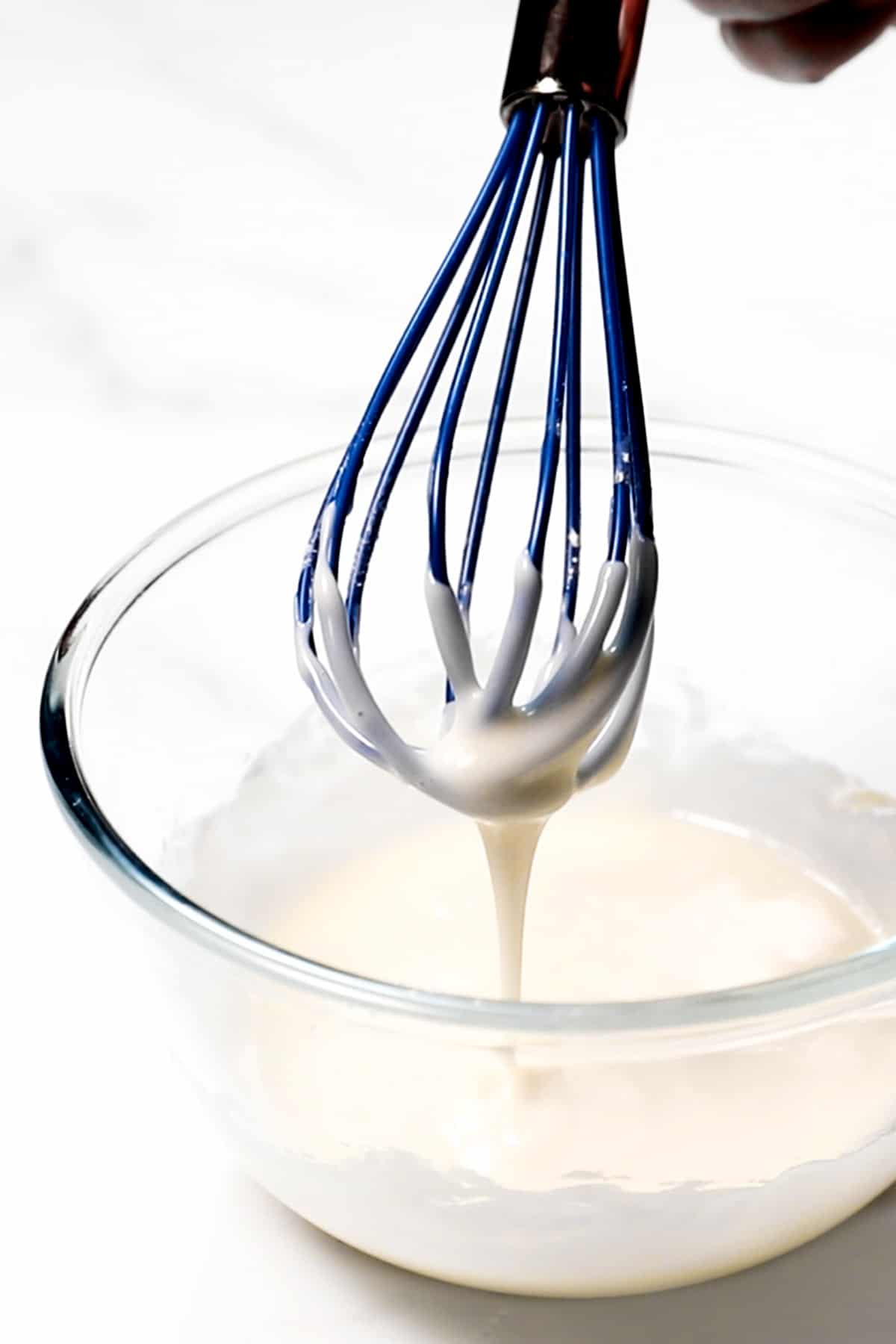

Leave a Reply